Rhea Island or Île-de-Ré, off the west coast of France near La Rochelle, is a world-famous tourist destination for its donkeys dressed in clothes.
Île-de-Ré is a popular summer resort destination thanks to its gently sloping sandy beaches, cool waters and gentle breezes. But it is the Poitou donkeys, or Baudet du Poitou, that make the island most unique.
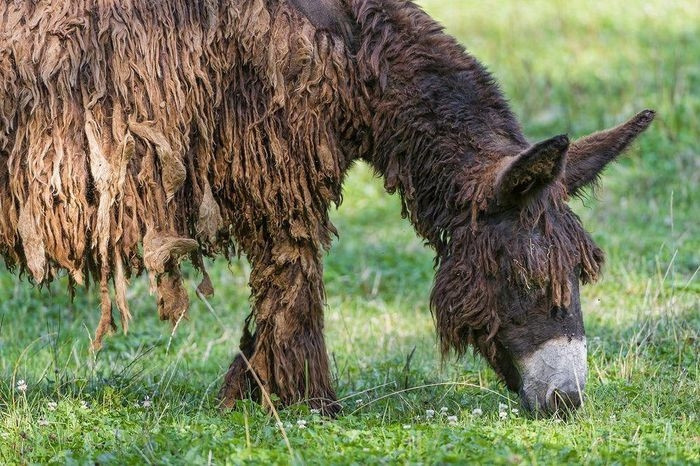
The Poitou donkeys are large with long shaggy coats.
The Ile de Ré donkeys originate from the Poitou region of France and are one of the largest breeds of donkey in the world, and were often used to assist workers on the island in the salt production process. The most striking feature of the Poitou donkey, apart from its size, is its long, shaggy coat, known as a cadanette, which further accentuates its above-average size.
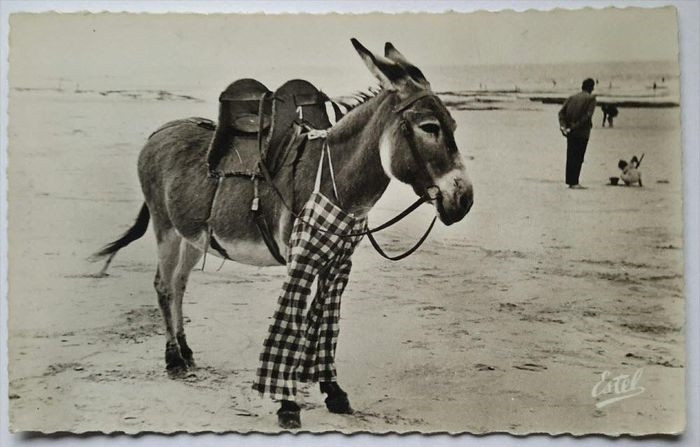
Poitou donkeys used to work in the island's salt pans.
Because of their size and strength, Poitou donkeys were put to work in the salt marshes of the Charente Maritime and in the fields, where they were constantly bitten by mosquitoes and other insects. To protect their legs, the people of Ile de Ré devised a way to make and dress the donkeys in trousers before sending them out to work in the fields. The trousers were made from old Vichy-patterned curtain fabric in red or grey stripes. From then on, the donkeys were affectionately known to the locals as “Anes en Culotte,” or “donkeys in pajamas.”
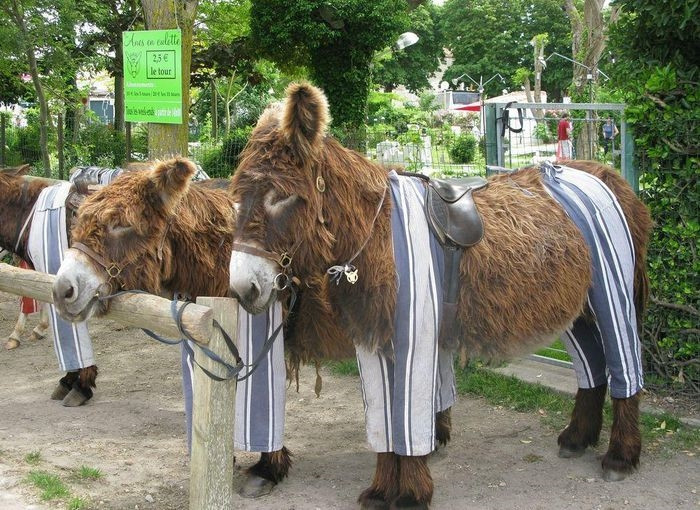
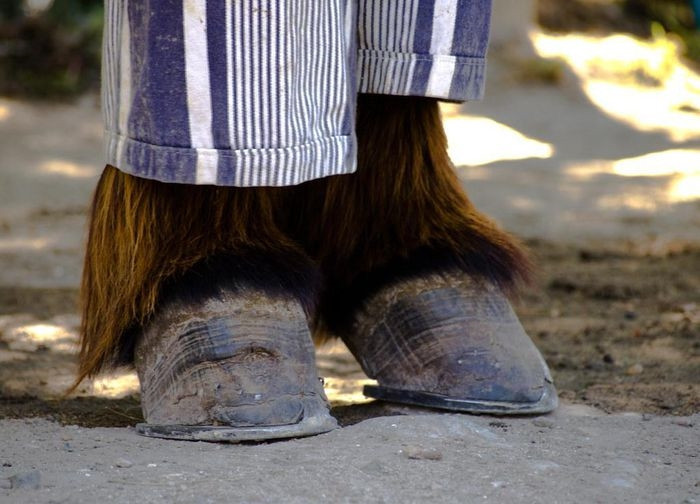
Today, the Poitou donkeys of Ile de Ré no longer work in the salt pans but are still dressed in trousers to attract tourists.
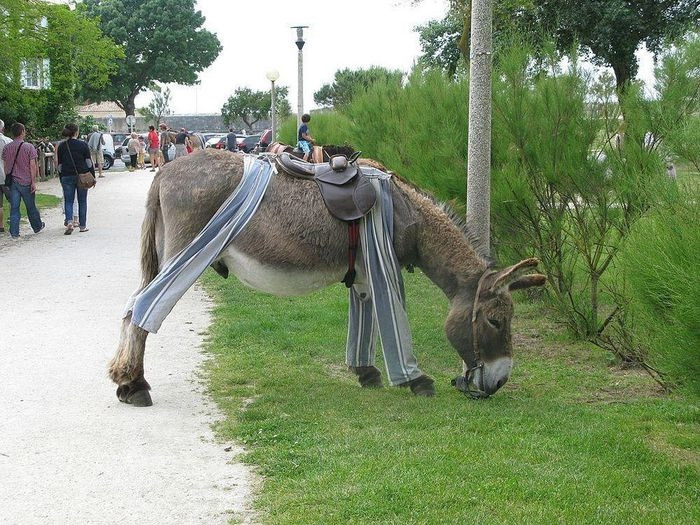
The Poitou was once the most sought after breed of donkey in Europe.
The Poitou was once the most sought-after donkey in Europe and was known as “the most productive donkey in the world.” By the mid-20th century, up to 30,000 donkeys were bred annually in the Poitou region and exported around the world. But as mechanization grew around World War II, demand for donkeys plummeted. In 1977, there were only 44 Poitou donkeys left in the world. As of 2005, the global Poitou population was around 450.
According to Vietnamnet